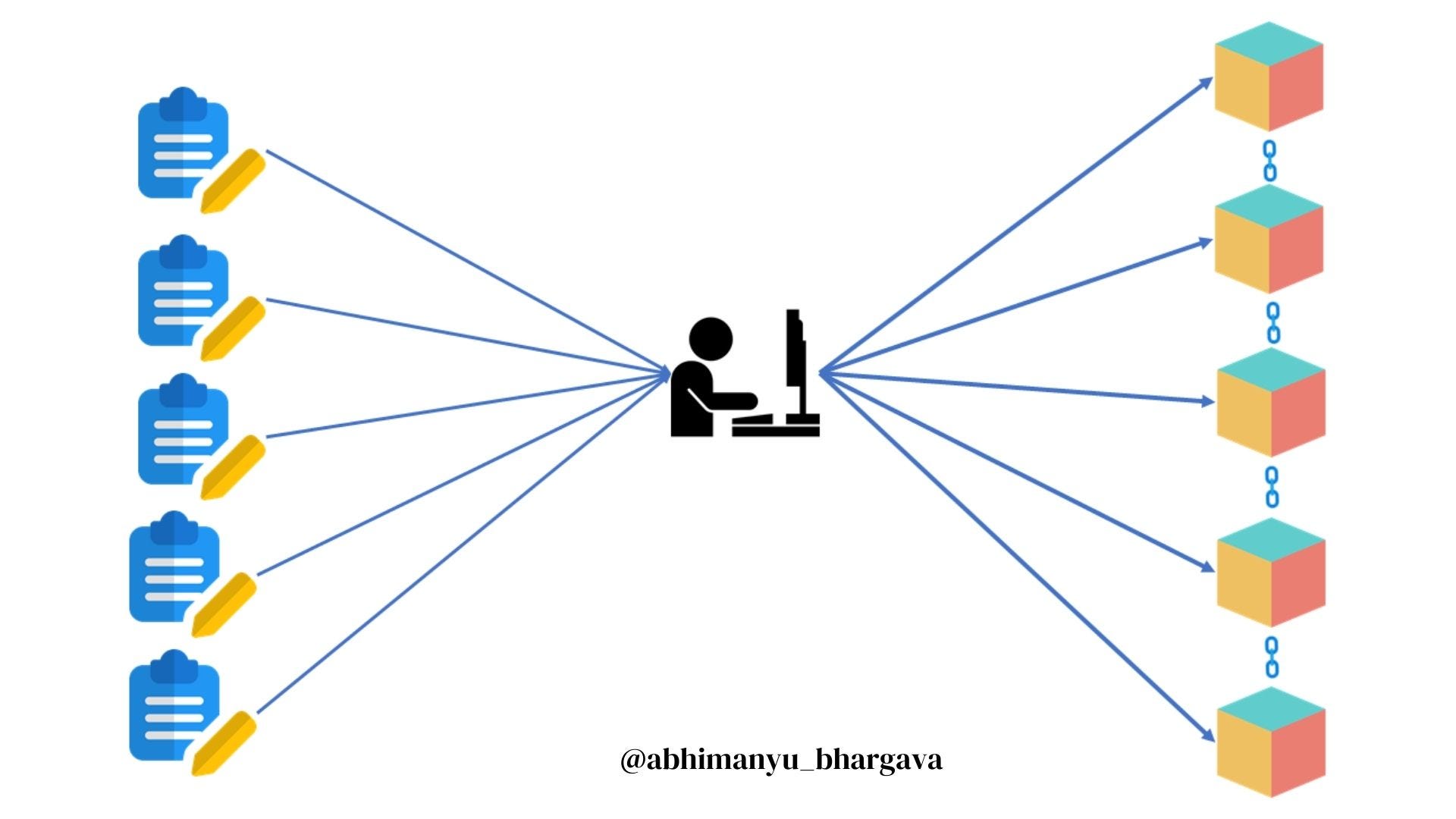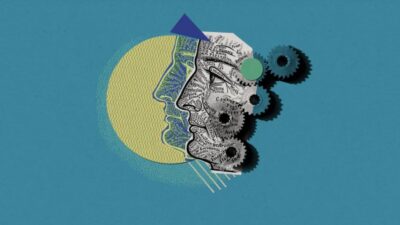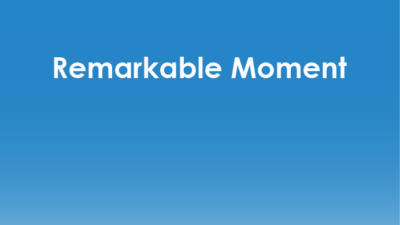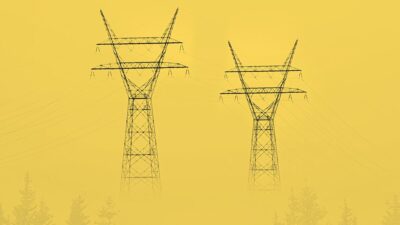Finally, someone explained blockchain in plain English
By Abhimanyu Bhargava
If you can’t explain it simply, you don’t understand it well enough
– Albert Einstein
I started investing in cryptocurrency in late 2017. In all honestly, I had no clue what blockchain technology was at the time. My crypto investing fundamentals were based on hearsay and whatever my friends told me about the miracles of investing in bitcoin and altcoins. It’s only after the crash of 2018 that I learnt my lessons. The first lesson among many was about doing your research and one must not forget that, ever.
A few days ago, my 15 years old neighbour told me about her plans of investing in cryptocurrency. Like many naive investors, her logic was similar.
Everyone seems to be making money off it so it must be good.
While I would agree with the money-making part, I wouldn’t encourage that line of reasoning to make financial decisions. So, I asked her to research blockchain technology and explain it to me in simple words. What happened next blew my mind as she got back to me a few days later.
Blockchain as Explained by Popular Blogs
The popular American magazine and website Entrepreneur explains blockchain as follows in this article:
The blockchain is a constantly growing list of information. That information is in blocks, and all these blocks are linked together. Each block matches the preceding and following, and the information that the middle block contains is encrypted by an algorithm using a cryptographic function called hash. This makes this information inviolable. It is a secure, open and public database.
Here is how American multinational technology company IBM explains blockchain in their website blog:
Blockchain is a shared, immutable ledger that facilitates the process of recording transactions and tracking assets in a business network. An asset can be tangible (a house, car, cash, land) or intangible (intellectual property, patents, copyrights, branding). Virtually anything of value can be tracked and traded on a blockchain network, reducing risk and cutting costs for all involved.
As you can see, the above explanations are full of technical jargons that can put any normal person to sleep. Most people give up after reading a couple of blogs about blockchain because of this very reason.
Here is how the 15-year-old kid explained blockchain in plain English.
Blockchain as Explained by a 15-Year-Old
Let’s consider an example of a class attendance tracker.
- The profile of each student is maintained online and the teachers update the attendance records every day.
- Each teacher enters records on the same database using their logins.
- Those who have access can also update backdated records in the system.
- All students with less than 30% attendance are not allowed to appear for the final exams.
- The ones with more than 90% attendance get 5% bonus marks.

Now let’s say a group of students have low attendance. They want to access the system and update the backdated records without anyone noticing it. All they need to do is hack one of the teacher’s account and make the necessary amendments. Once they do that, it will automatically get updated in the central database and nobody will get to know about it. They could also intimidate or bribe the IT admin who has access to the central database. Quite an insecure system as you can imagine.
The problem can be solved using blockchain and here is what the new attendance tracker would look like:
- Instead of all the information being stored on just one file, each teacher has an exact copy.
- Whenever someone updates the data, a request goes to every teacher for approval.
- The updates get reflected in the system only after at least 50% of the teachers have approved the request.

So, instead of having just one copy of the student’s attendance data, there will be 100+ copies (depending on the number of teachers) and before any change can be made, a majority of teachers have to agree to it. In short, it is a tamperproof and trustworthy way of storing information. It puts the control in the hands of all the teachers instead of one central database that can be changed anytime, by anyone with proper access.
Final Thoughts
The above explanation is the underlying principle of blockchain and that’s what makes it a revolutionary technology.
- It distributes control and decision making to a network of entities instead of a centralized entity (individual, organization, or group thereof).
- Given the control is distributed, it is more trustworthy and makes tampering nearly impossible as any erroneous changes will be rejected by the majority of the members in the network.
- If there is ever a transfer of information from one system to another, it allows for better reconciliation as multiple entities have access to a real-time, shared view of the data.
Blockchain and its applications such as cross-border payment, smart contracts and NFTs are going to be the next big thing that all creators and entrepreneurs must explore. A good starting point would be to learn the basic concepts that’ll allow you to get a better understanding of the applications. It is all still in its nascent stage much like the internet of 1995. This is Web 3.0. Get in before everyone else.





